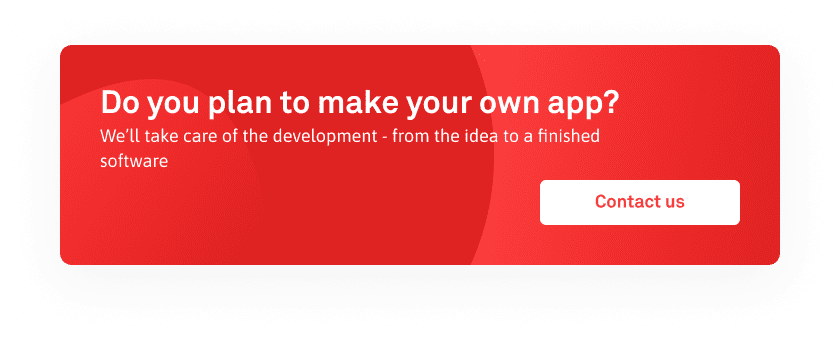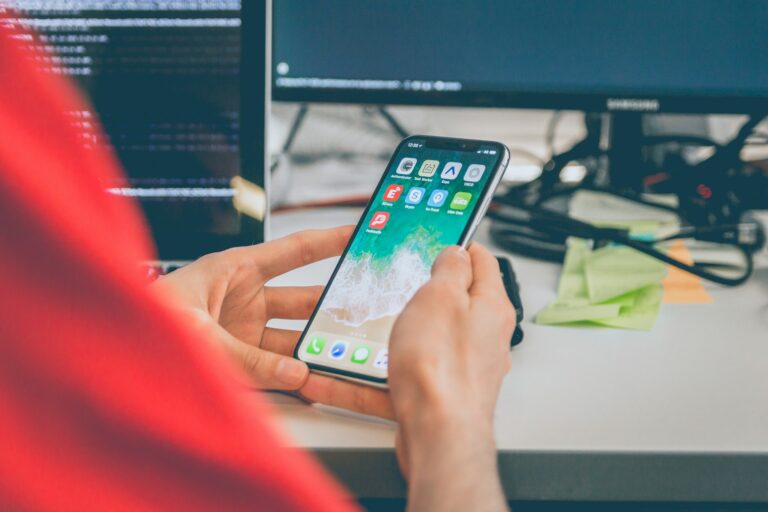Mobile apps have become major players in just about every industry you can think of. Not only will they increase customer loyalty by providing the convenience digital users are looking for, but they will present a wide range of opportunities to generate income.
Effectively monetizing your mobile app can be difficult due to the many options available, but a professional can help you select the monetization strategies your app will find success with. After all, that mobile app cost you money to build. Just like any other investment you or your business make, you’re going to want to see a return on that investment.
To help you fully understand the different ways you can generate income with a mobile app, we’ve detailed the most prominent strategies below. One of the great things when building an app is you can create a strategy that incorporates several different revenue channels.
Let’s take a look at the different revenue channels you can create with your mobile app!
Will your app be a free or paid app? – or both
When you release your mobile app on the App Store or Play Store, you can either make it free to download or charge an initial fee to download. This will generally be one of the more difficult decisions you’ll make since it will directly influence the user’s decision to download your app.
Things to consider here are that free apps will likely be downloaded before paid apps, meaning you’ll have a better chance of getting noticed over your competition. At the same time, paid apps will typically yield better results when dealing with an audience that already knows and prefers your brand over others.
If you choose to offer your app for free, it doesn’t mean you can’t make money off it. There are a ton of other monetization strategies to consider, this just being one of them. Likewise, you can offer both a free and paid version of the app — which is more common than you’d think.
Will you offer in-app purchases for exclusive content?
When mobile apps first gained popularity, apps were either free or paid. While this gave developers and businesses a chance to make money, in-app purchases were the real game-changer in terms of monetizing your app.
In-app purchases will turn your free app into a freemium app (or paid app into a paymium app) by giving users the ability to buy virtual or physical products through the app. Whether you’re selling clothing, electronics, or virtual “boosts” and “power-ups” that help users unlock exclusive content.
Additionally, many mobile apps are electing to offer a subscription plan to their users. This took monetizing apps a step further by generating monthly revenue from the same user. Better yet, it can be combined with other in-app purchases to maximize revenue.
Will you display ads inside your mobile app?
Running advertisements inside your mobile app can either be a home run or strikeout. The outcome will largely depend on how well the ads are incorporated into the app and how relevant they are to the user.
When it comes to ads, users find them extremely distracting and frustrating. For this reason, many users will expect ads to be removed when they’re paying for access to the app. On the other hand, users will generally understand the placement of ads in free apps.
In fact, 51% of mobile consumers will prefer an app with ads over an app without one — so long as it means they can get access to the app for free.
Will you open the door for partnerships and sponsors?
Where running advertisements have failed some mobile app owners, partnerships and sponsors have given their app’s monetization a new life. When you team up with like-minded businesses, properties, and events that would interest your user base, exposure and loyalty can skyrocket.
If you’re interested in finding partners and sponsors for your mobile app, it’s always best to start small and use the connections you’ve already built. Mobile apps that are bound for success will strike the attention of the right sponsors, while other relationships will have to be built the long way.
Before you make anything official with anyone, always ask yourself: “Is this sponsor or partner going to benefit or harm what I’ve created for my users?” If you say “benefit,” by all means go for it!
Will you ask your users for donations?
This mobile app monetization strategy will generally be reserved for a specific niche of apps. If a majority of your content is made available for free, giving users the ability to send a donation is an excellent way of asking for support.
Believe it or not, donations can be a great source of revenue for the right app. In 2018, mobile donations rose 205% and can easily be integrated to ask patrons at critical moments.
The key here is to not sound greedy. If the app costs the user $2.99 to download and requires in-app purchases for even more exclusive content, asking for donations would be absurd.
How do you choose the best strategy for your project?
As you can see, there are a lot of different options available when monetizing your mobile app idea. While they will all work for the right app, it doesn’t mean they will all work for every app. This is why selecting your monetization strategy is as critical as the app itself.
When you’re ready to start discussing how your mobile app can make monthly revenue, speak with a professional to develop the best strategy. It doesn’t matter if you’re still in the brainstorming stage, development process, or already released your app, we are ready to help!
—
Photo by Rawpixel.com on Shutterstock



